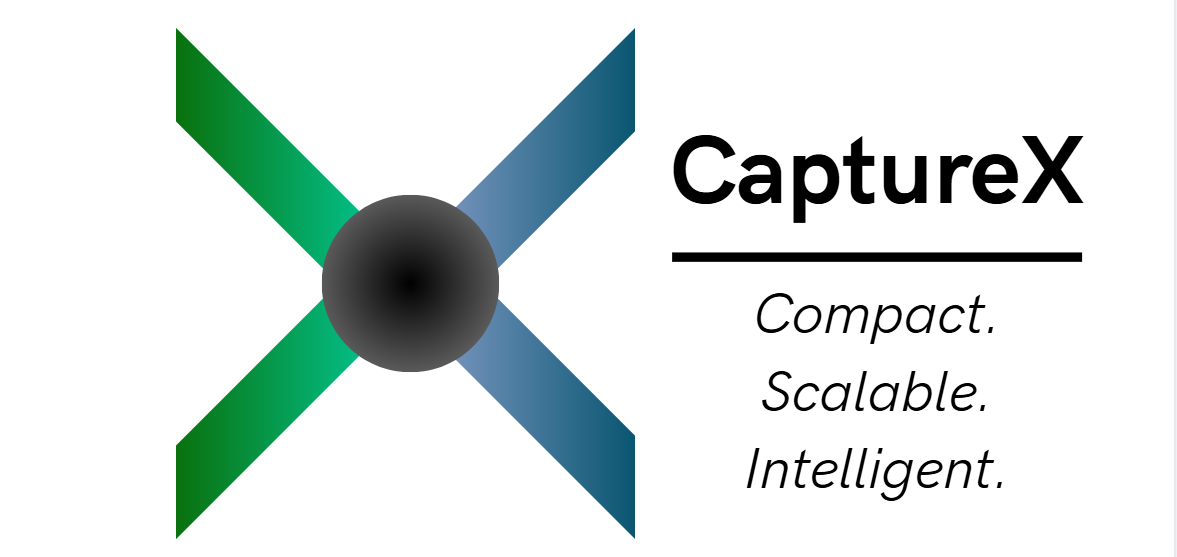
From Lab to Market: The On-Going Journey of CC&C’s Revolutionary DAC Technology
In the face of escalating climate disruptions, innovative solutions are not just welcome – they’re essential. Carbon Capture & Commercialization (CC&C) is emerging as a leader with its game-changing Direct Air Capture (DAC) technology, aiming to revolutionize how we address rising atmospheric CO2 levels. While still in the early stages of commercialization, CC&C is actively engaged in ongoing R&D to optimize its technology for widespread deployment. This article traces CC&C’s journey from its conceptual stages to its current position at TRL7, with eyes set on TRL9.
The Genesis of an Idea
Founded in 2019, with research roots going back two decades, CC&C set out to create a cost-effective method of removing CO2 directly from the atmosphere. Our founders envisioned a technology that’s not only efficient but also scalable and economically viable, overcoming the limitations of existing DAC systems hindered by high costs and large footprints. Our goal: mass-producible units that can be deployed across diverse environments – urban, rural, and industrial. CC&C’s also places a significant emphasis on transparency and positive cash flows, believeing CO2 should be treated as a commodity.
Building the Foundation
CC&C’s early research explored various systems, adsorptive materials, and form factors. As material science advanced, we developed a unique, low-energy filtration system using a proprietary adsorptive composite material. In collaboration with our engineering partner, Haydale (UK), we created a specialized chemical compound in a functionalized graphene ink, applied to a solid ceramic substrate. For initial testing, ceramic spheres were selected to maximize surface area for CO2 binding. The key was to create a material that effectively captures CO2, operates at ambient temperatures, and is solvent-free – reducing energy requirements and overall complexity.
Overcoming Technical Challenges
Every step of development posed unique challenges, and our innovative approach is no exception. CC&C is driven by a singular goal: to be the lowest-cost CO2 capture company. Achieving this requires relentless optimization across the entire system, from enhancing material efficiency to reducing energy consumption during CO2 release.
The team has continued to fine-tune every detail of the capture and release process, exploring different combinations of adsorptive materials and refining system parameters like temperature and airflow. As R&D efforts continue, the company remains focused on improving capture efficiency, durability, and scalability.
Beyond just technical efficiency, CC&C is exploring innovative configurations that allow its units to capture CO2 in demanding environments, such as urban areas where indoor CO2 levels can be up to three times higher than outdoor levels. These units are designed to be mass-produced and rapidly deployed in high-impact areas.
To meet cost goals, CC&C leverages automation and AI-driven optimization to monitor and control the system in real-time, ensuring peak performance with minimal energy consumption. This continuous improvement mindset positions CC&C as not just competitive, but as an industry leader.
Prototype Development: Transforming Ideas into Reality
With the core innovation in place, the next step was building a prototype to validate performance in real-world conditions. The engineering team at CC&C and Haydale constructed test units and ran a series of experiments to gather data on capture efficiency and material durability.
The milestone achievement was the development of a TRL7 1-square-meter demonstration unit. This compact, mass-produced unit was designed to be easy to transport and deploy, making it ideal for both dense urban areas and remote industrial sites. Data from this unit indicated that CC&C’s technology could achieve capture costs below $100 per metric ton – a game-changing figure for the industry if realized at scale.
Intellectual Property and Rapid Patent Approval
Recognizing the uniqueness of our technology, CC&C applied for patent protection early in the development process. In a remarkable feat, our patent was approved in just six weeks under a fast-track process, underscoring the innovation’s impact and novelty. This rapid approval not only validated the technology but also fortified CC&C’s competitive position as they move toward commercialization.
Market Readiness: Preparing for Launch
With a proven demonstration unit and solid IP protection, CC&C embarked on market readiness while continuing R&D efforts. As the company works to transition from TRL7 to TRL9, its focus remains on optimizing performance, refining the design, and validating large-scale deployment scenarios. The company’s strategy involves establishing a robust supply chain, securing manufacturing partnerships, and developing a comprehensive go-to-market plan. The technology’s mass-produced design allows it to be deployed in a variety of settings—from industrial facilities for CO2 extraction from exhaust gases to urban rooftops, where CO2 levels are often 2-3 times higher than in the surrounding environment.
CC&C is committed to maintaining a sovereign capital structure—keeping investments local to the region where they’re received. This approach fosters jobs, creates positive societal impact, and shortens supply and delivery chains, which is crucial for long-term maintenance and economic stability.
Future Outlook and Challenges
While CC&C has made significant strides, the road to full-scale commercialization still holds challenges. These include scaling production to meet potential demand, navigating complex regulatory landscapes across different regions, and securing capital to reach TRL9 and fulfill commercialization contracts.
Additionally, educating the market about DAC technology and its applications is critical. Many industries still view CO2 as a waste byproduct rather than a valuable resource. CC&C is focused on shifting this perspective, emphasizing that captured CO2 can be used as a commodity that creates value, rather than a liability to be buried underground.
Conclusion
CC&C’s journey from a lab concept to a technology approaching commercial deployment demonstrates the potential of innovation to address global challenges. By combining cutting-edge materials science with practical engineering and a vision for a sustainable future, CC&C has developed a technology that could reshape the way we think about and manage carbon emissions.
As the company continues its path toward commercialization, its story serves as an inspiration to other climate tech innovators. With persistence, ingenuity, and a focus on cost-effective solutions, we can create the tools needed for a sustainable future.
Join the Carbon Capture Revolution
We invite you to be part of this exciting journey. Whether you’re an investor seeking high-impact opportunities, a business leader looking for innovative sustainability solutions, or a potential partner in the cleantech space, there’s a role for you in advancing this crucial technology.
Reach out to learn more about our DACC technology, explore partnership opportunities, or discuss how our solution can support your sustainability goals. Together, we can accelerate the transition to a carbon-negative future.
Contact us at info@ccandc.ai to join the carbon capture revolution.
Safe Harbor Statement: This article contains forward-looking statements that involve risks and uncertainties. Actual results may differ materially from those discussed here, as ongoing R&D and evolving market conditions may impact CC&C’s commercialization timeline and outcomes.
